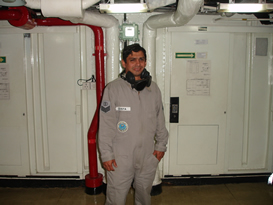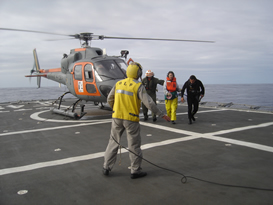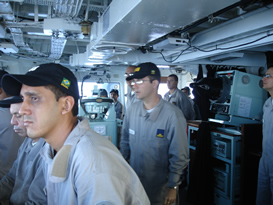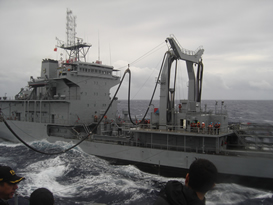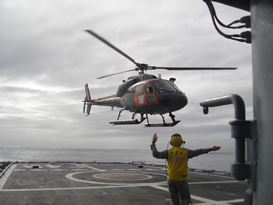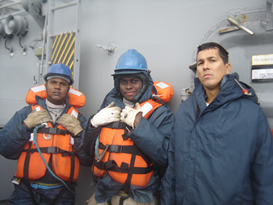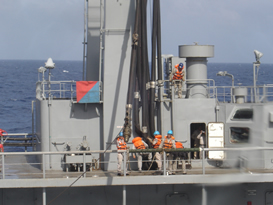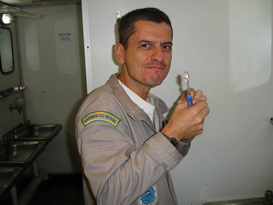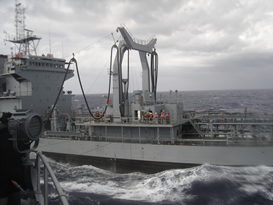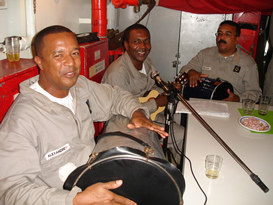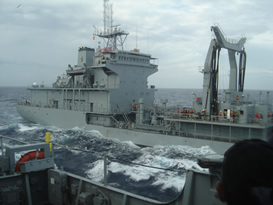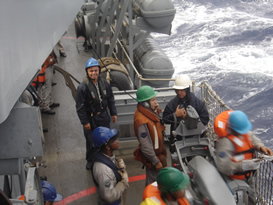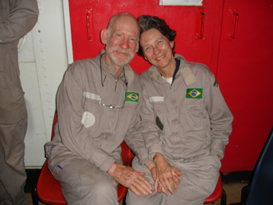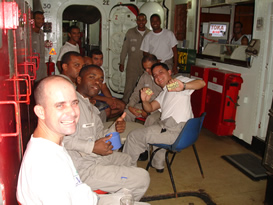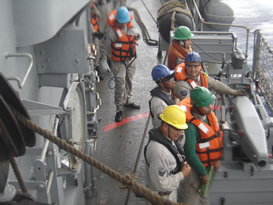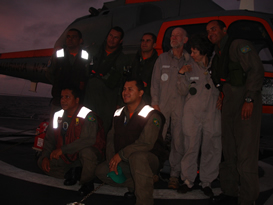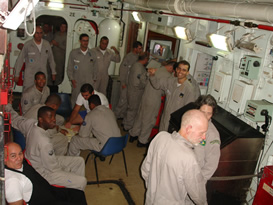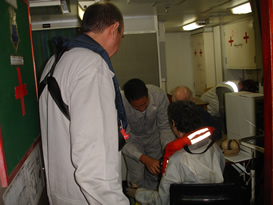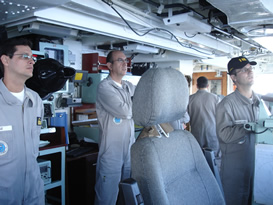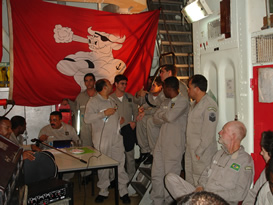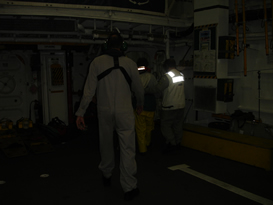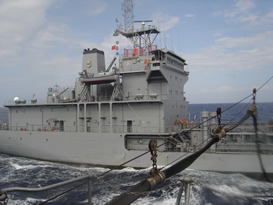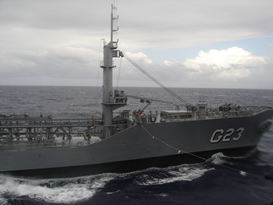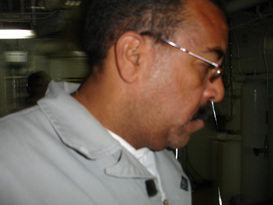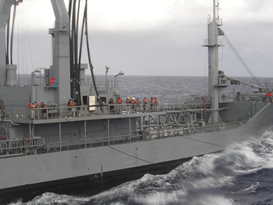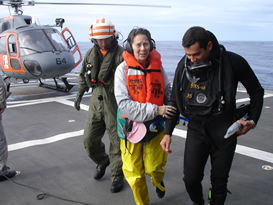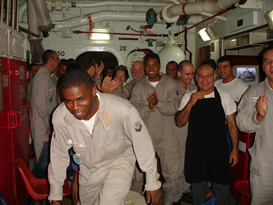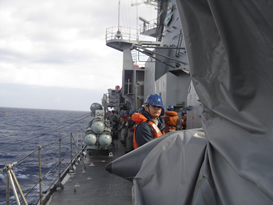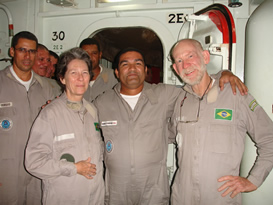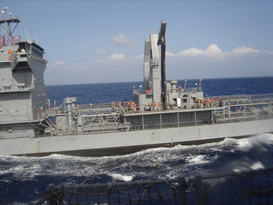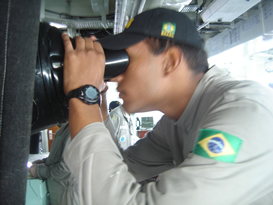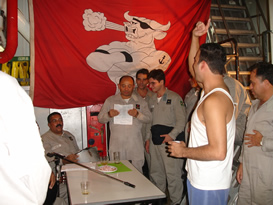|
Hello Again, The day following our last internet access, we crossed from Paraguay, on the east bank of the Rio Paraguay, and re-entered Argentina on the west bank, a distance of about half a mile. Regretfully we did not see much of Asuncion due to engine problems, and also because the Golf and Yacht Club was about 15 kms away from the city and the nearest bus stop about 2 kms away. Then there is the heat - 36C, with humidity of 70-90%. Fortunately we were able to use our 220volt electric fan on the club walk-on moorings, making life just bearable. Let's just say, that at this time of year, anyone in Asuncion who can afford to go somewhere cooler, does! Paraguay TV news showed large areas of the Chaco, an area half swamp half semi-arid situated between Paraguay and northern Argentine, covered in flood waters. The Rio Pilcomayo responsible for the flooding is 1100 kms long, starting in Bolivia and entering the Rio Paraguay where we were, so we wondered how long before it affected us? Also getting TV coverage was the outbreak of mosquito borne dengue fever in and around Asuncion. All factors influencing our return back down the river. So one month after celebrating New Year in Formosa, we were back, just in time to use the VISA card (now expired) to stock up with fuel and food. Just south of Formosa the Rio Bermejo joins the Rio Paraquay bringing silt, weed and tree stumps from 500 kms to the west. When we had passed this tributary going upstream the going had been difficult, but now only a few weeks later the current was even stronger. The incoming muddy stream could be clearly seen in the main river. We had been using river water for washing, now that was impossible, there was so much mud in suspension that it remained on everything washed in it. It has taken several hundred kilometres before its settled enough to be usable again, so fresh water became as precious as it is at sea. We stopped for 5 days at the Guarderia (a boat storage depot) near Resistencia on the opposite side of the river to the city of Corrientes; this friendly and pleasant interlude passed all too quickly and then we were off again on the Rio Parana, where the level showed no sign of dropping, quite the reverse. The current runs at about 3 knots (6 kph), this means going upstream with a boat-engine speed of 5 knots, the best we can hope for is a forward speed of 2 knots (4kph). Often the instruments indicated zero and we would look at the same tree for much longer than we wanted to. Coming downstream means we whizz along at 7 knots (14 kph) with barely enough time to plot our position. Its pretty important to know where we are as if we run aground on a sandbank at that speed it will be very unpleasant. We are currently moored at the Club Nautico in Goya about 2 metres higher than we were 3 months ago! Its still so hot that we have to sleep on towels to absorb the perspiration that pours off us at night, not helped by mosquito nets which impede air flow. Carnaval has come and gone, and schools re-open 5 March. More next time, um abrazo (best wishes) Jess & Heather (Eda) |
